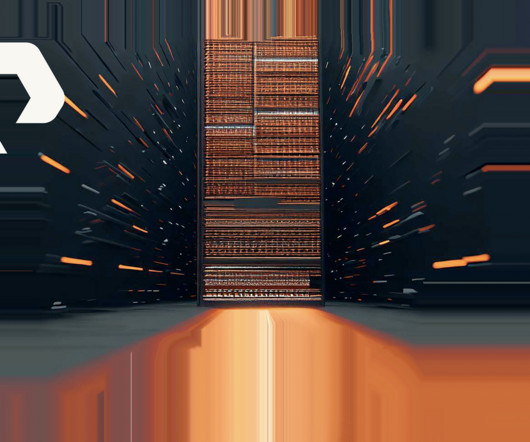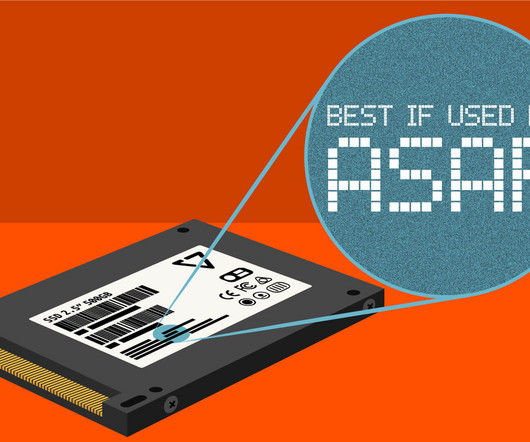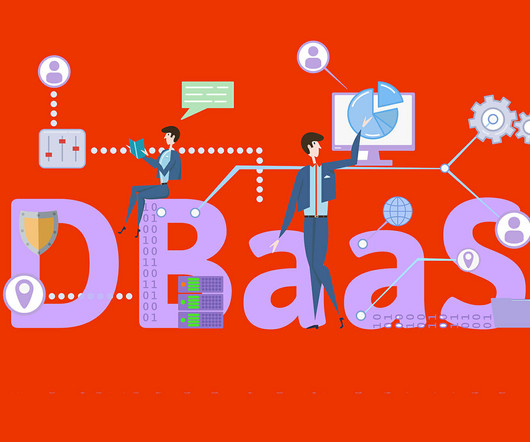What Is a Data Mesh and How Do You Implement It?
Pure Storage
OCTOBER 4, 2023
A data mesh is a novel approach to data management that revolutionizes how organizations handle data. It advocates for breaking down data silos and organizing data by specific domains. These teams become accountable for their data domains. This empowers them to make faster data-driven decisions.


















Let's personalize your content